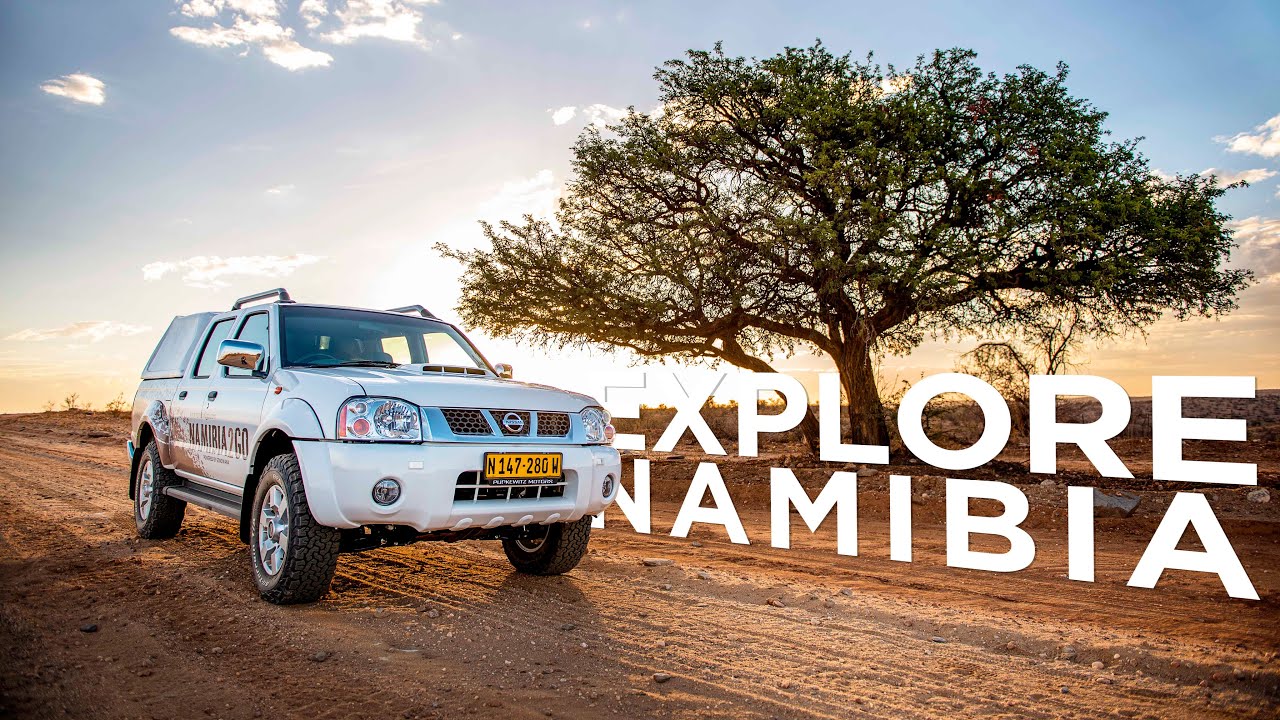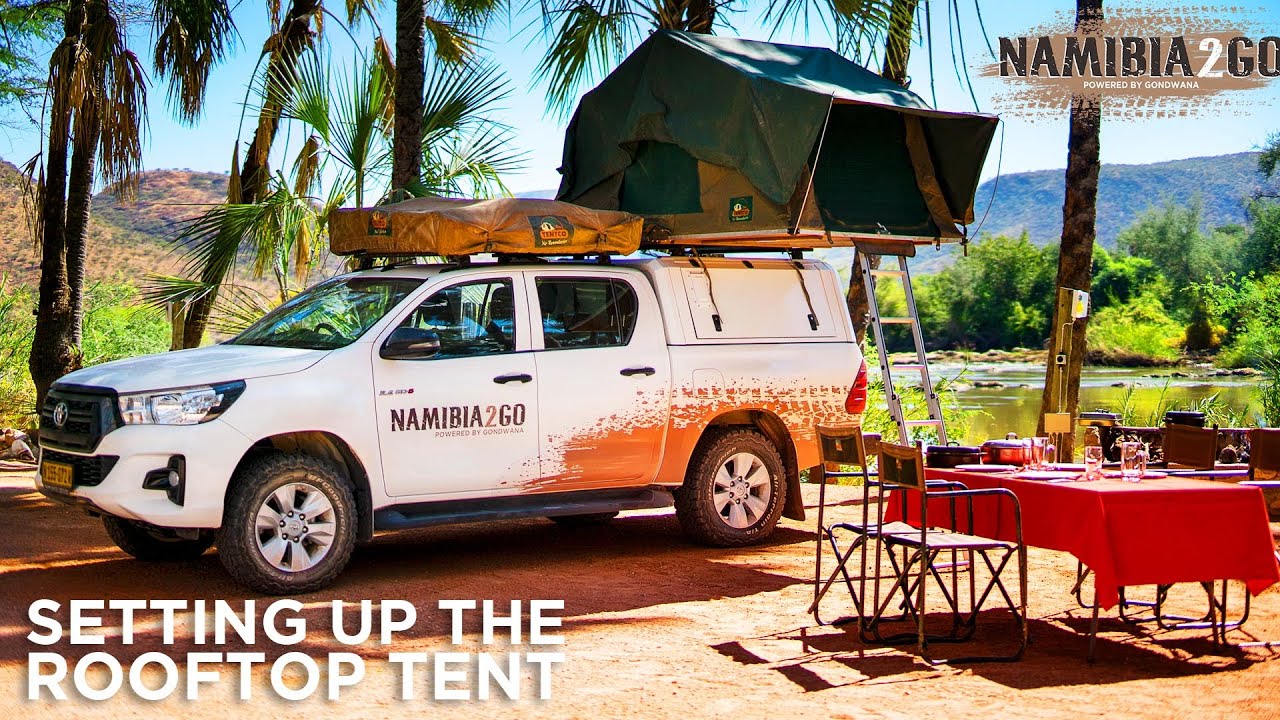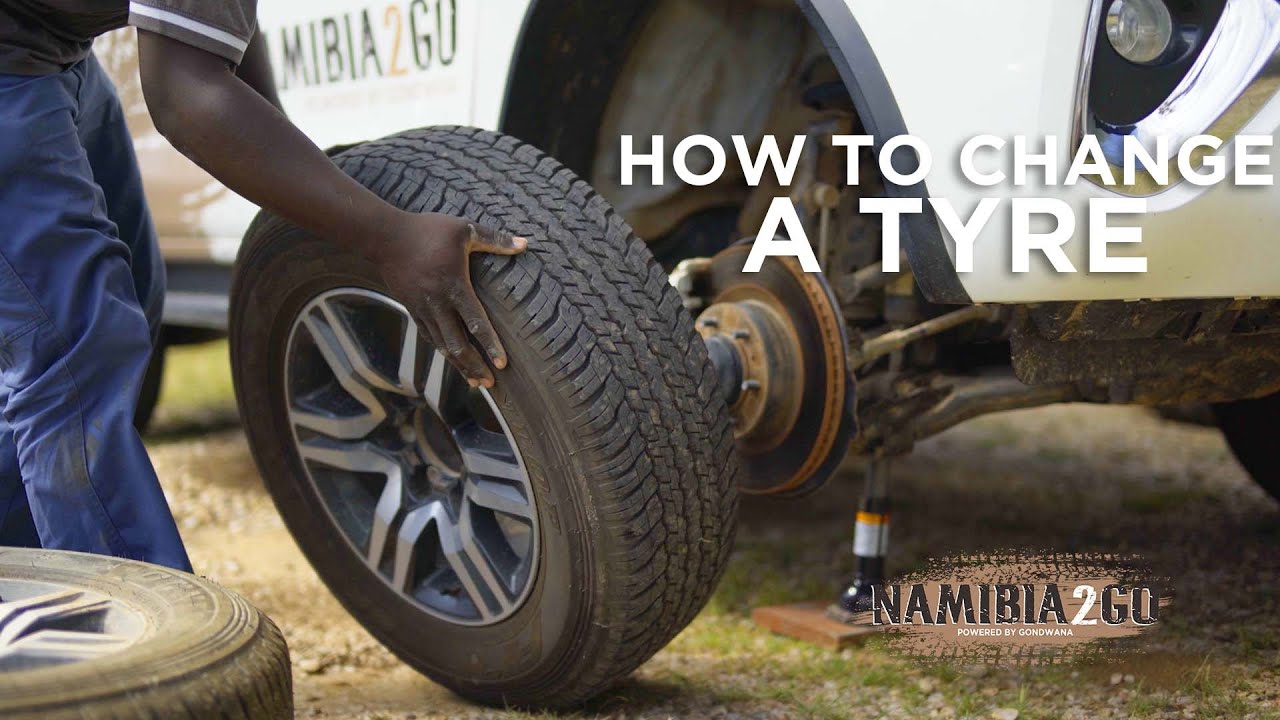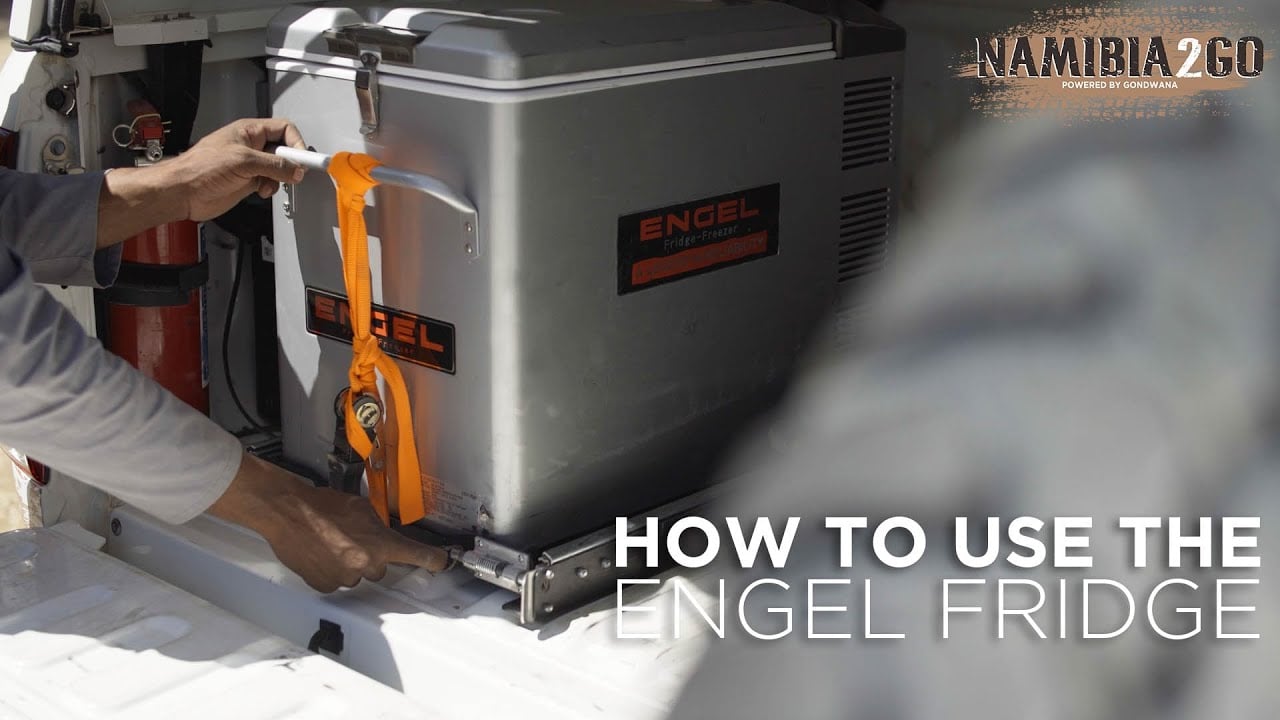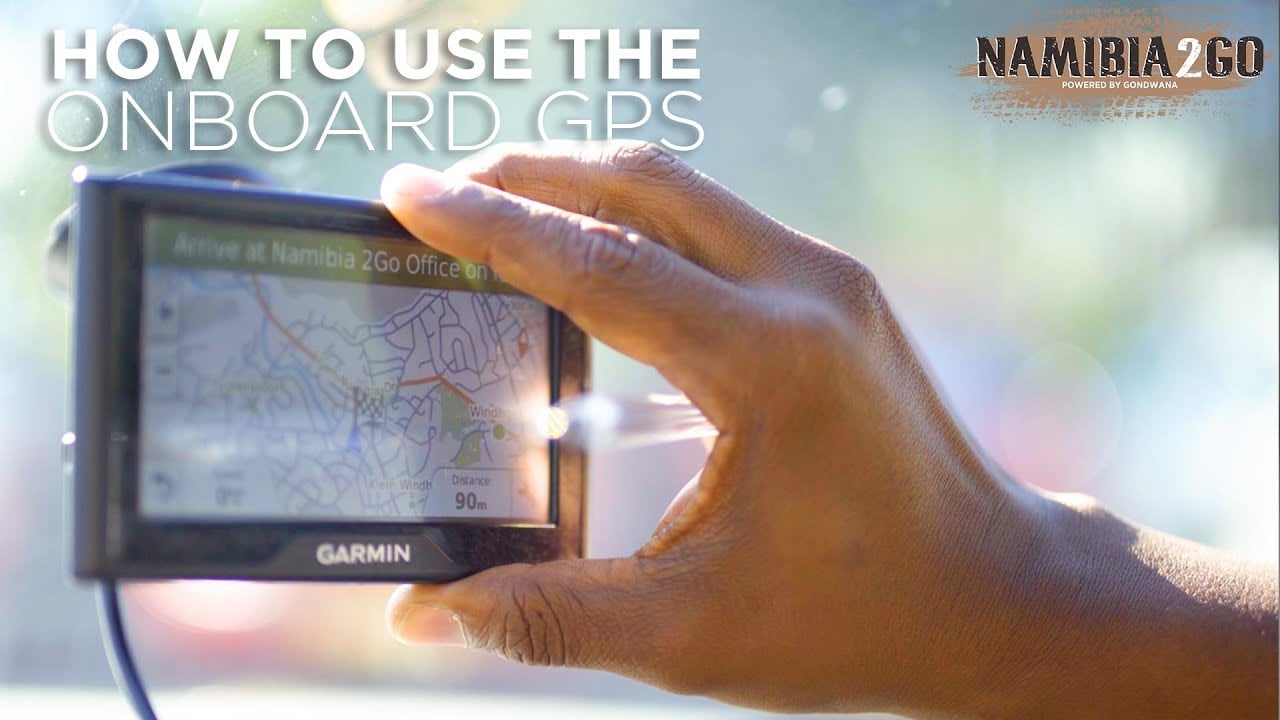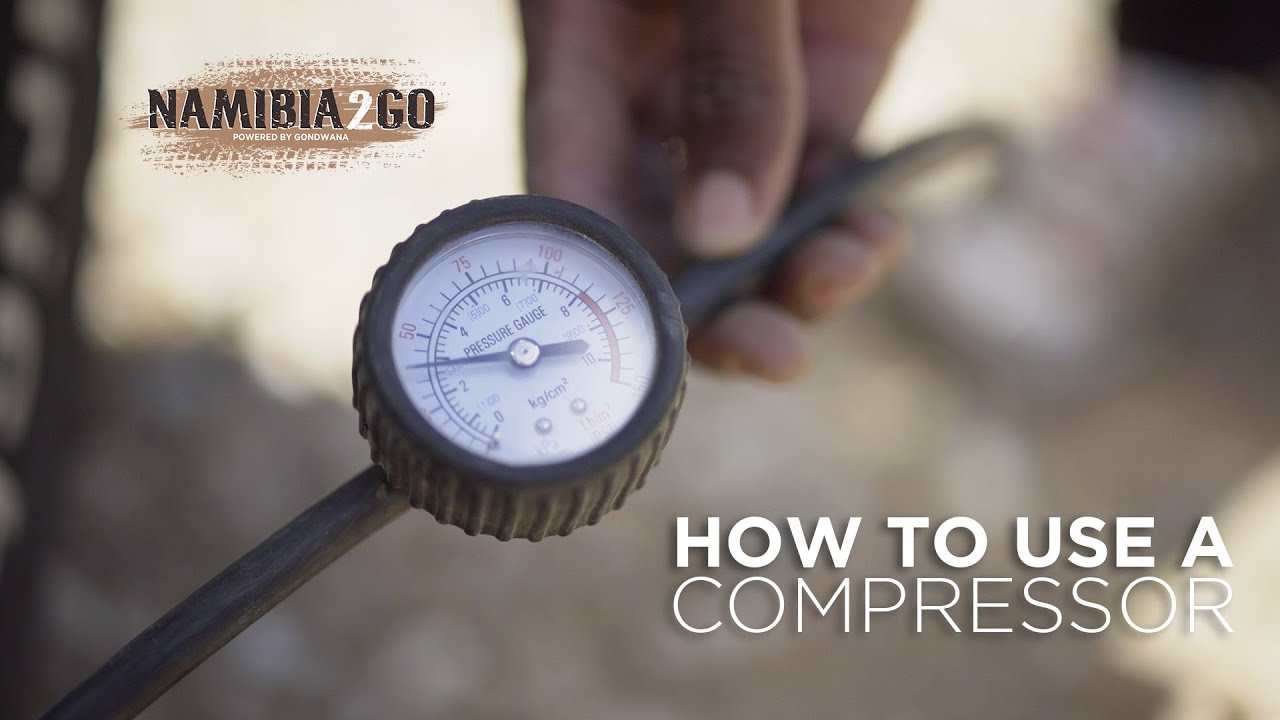While the majority of Namibia's roads are gravel, for the most part, they are kept in good condition and will take you to areas of breathtaking beauty and splendour. However, they can also be notoriously dangerous, as many visitors are unfamiliar with this type of driving and could easily lose control of their vehicles.
At Namibia2Go we strive to offer you a seamless experience and therefore share the following information with you. Below are some of the points you should be aware of:
In Namibia, we drive on the left side of the road.
That said, on quiet gravel roads, you may find it better to drive more towards the centre of the road – except, of course, when going around corners, approaching a blind rise or with on-coming traffic. This will allow you more leeway if your wheels slide on the gravel, etc.
The combination of gravel and speed is the main reason tourists have accidents. The roads are well-maintained and can tolerate speed. However, if you lose control for any reason, it can be hazardous.
We encourage you to maintain a safe speed when driving on gravel roads. Always keep an eye out for animals running into the road.
120 km/h on tarred or sealed roads
80 km/h on gravel roads
Particularly on gravel, you should adjust to a lower speed if the conditions deteriorate. If you're losing control of the vehicle, take your foot off the accelerator and hold your steering wheel firmly. Excessive steering movements and sudden braking can cause your vehicle to skid.
If you need to, stop, take a break and enjoy the scenery.
Gravel roads offer less grip. Therefore, speeds should be significantly reduced, and braking distances should be increased. Driving on existing tracks will provide a more rigid surface and better grip.
When crossing between tracks, make sure you slow down, not only due to having less control but also because the loose gravel often has larger stones that may cause damage to the vehicle. And keep an eye out for a train coming!
Keep a reasonable distance from other vehicles. This is to avoid dust and reduced visibility and prevent wheels from kicking up rocks. You can only overtake on a long stretch of straight road where visibility is clear, the road condition is suitable, and the vehicle ahead is aware of your presence.
Having your lights on in dusty conditions is always a good idea for better visibility.
It is much more likely that animals will wander across the road at night. Also, judging the road conditions in the dark is more difficult.
Plan your route carefully to avoid being caught driving at night. Please remember that in winter (approx. May-August), the sun sets at 18:15 in central Namibia, and it’s dark within 20 minutes from sunset. On the longest days in summer, it is at about 20:00.
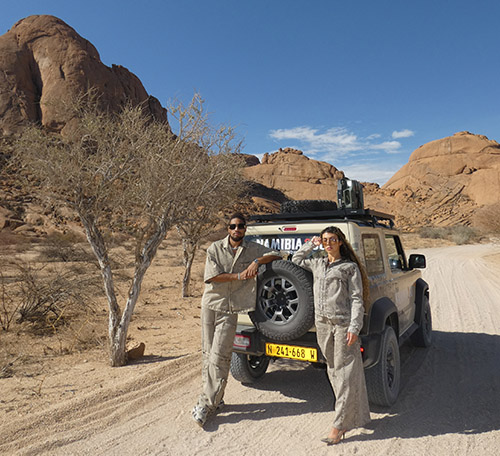
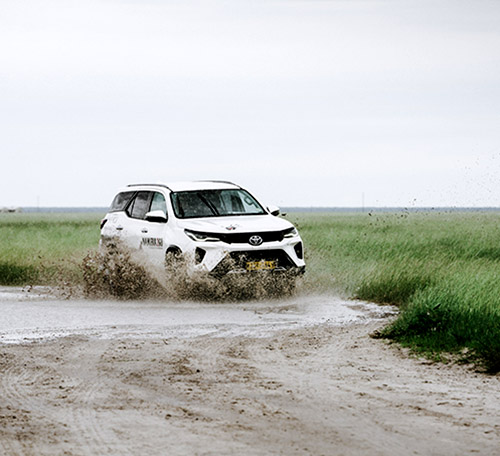
Always be on the lookout for animals and of course the unexpected. Keeping to the speed-limit will help avoid accidents and collisions with animals – but this is not always possible when driving in the wild.
Changes in the road colour may also indicate a change in the surface condition.
Despite looking like a tarred road, most routes along the coast consist of salt roads. These are perfectly safe if the weather is sunny and dry but if there is moisture in the air, it can be slippery.
Please do not leave valuables on obvious display, especially if you are in towns and you leave your vehicle unattended. Try to keep as much luggage as possible in the boot/ trunk or smaller, more valuable items locked in the glove compartment.
Special care needs to be taken during the rainy season, as the roads can be especially bad and even the tarred roads may be prone to substantial flooding and serious potholes. The first rains can also make tarred roads very slippery. So, keep your distance!
If at all possible, avoid crossing a running river. Most rivers stop flowing after only a few hours so enjoy the enforced break. If you do decide to cross, either wait for another similar vehicle to cross safely or walk through the river first to determine the flow velocity and depth, and to establish a safe route without obstacles (large stones, deep holes, etc).
Driving into a river with a hot engine can cause serious damage. Likewise, it is very bad for water to enter the engine through the air intakes; stay well clear of water deeper than about 30cm in a small car and 50cm in a 4x4.
If there are crocodiles or other dangerous animals in the area, wait until the flow has decreased and drive through when it is shallower.
Dry riverbeds can be challenging to navigate as well and should only be done with expert guidance and confidence.
Even when a river seems dry, during the rainy seasons flash floods have occurred and can be extremely dangerous.
If you're serious about 4x4 driving in the more obscure areas, prepare well. You should know how to engage and best use the four-wheel drive on your vehicle. Please remember to disengage the 4x4 when driving on tarred roads.
A detailed map, 2 spare tyres, a long-range fuel tank (or fuel cannisters) and plenty of water are a decent starting point.
If you are likely to be doing any sand driving, then include a shovel and a tyre pump. In deep sand, it is recommended to deflate the tyres to avoid getting stuck.
Make sure someone knows your entire itinerary and whereabouts.

Namibia uses the Namibian Dollar (N$) which is linked on a one-to-one exchange with the South African Rand (ZAR). The Rand is legal tender in Namibia.
Banks are open from 09:00-15:30 on weekdays and from 09:00-11:00 on Saturdays.
Most Major Credit cards are accepted at most supermarkets, restaurants and accommodation establishments in urban Namibia (Visa and MasterCard are commonly accepted, Amex & Diners Club are not) but outlets in rural areas are more likely to only accept cash payment.
NB: N$ is not accepted in South Africa. If you have any N$ it should be exchanged to Rand before leaving Namibia.
- Sun hat (better with tie for windy weather or open game drives).
- Selection of comfortable, casual, durable clothes. Layering is your best bet for the Namibian climate whether summer or winter. Namibia tends towards more casual dress especially when out in the bush. White is not that practical for most of Namibia as it won't stay very white for long.
- Light coloured, long-sleeved shirt or top is useful to keep the sun off and to some extent mosquitoes in the evening.
- Warm jersey
- Comfortable walking shoes & sandals. Remember that if you are climbing a sand dune in summer, sandals are not a good idea.
- Swimming costume / bathing suit (for the very brave if travelling in winter-time).
- Camera equipment and plenty of film /memory cards (batteries and chargers).
- Waterproof/dustproof bags/cover for your cameras.
- Good quality sunglasses
- If you wear contact lenses, we recommend that you bring along a pair of glasses in case you get irritation from the dust. A good idea is to bring your eye prescription in case you lose your glasses or need additional contacts.
- Personal toiletries
- High SPF sunscreen lotion, moisturizing cream & lip-salve.
- Insect repellent
- Binoculars
- Bird book if you're a keen birder, or have a look here.
- Water bottle
- Torch
- Small hold-all bag or rucksack to use on game drives.
- Personal medication if required with a copy of your prescription.
- Malarial medication if required. Check with your local doctor.
- Basic medical kit
- Visas if required. Contact us before hand for additional information.
- Tickets & vouchers for any accommodation, safaris or activities you have booked.
- PASSPORT - Should be valid for at least 90 days (6 months recommended) following your departure date from Namibia and should have 3 blank pages.
- We use 220 volt electricity.
- Mains sockets have three round-pin holes but a lot of appliances use the smaller 2-pin plugs which require an adaptor (readily available from shops). US-made appliances may need a transformer.
- Urban areas have a constant supply of electricity, but more rural areas tend to run off generators &/or solar panels. This will often mean that power is restricted. In these cases, it is not practical to use some appliances such as hairdryers as they trip the system.
Namibia has a GSM 900-cell phone network which covers most cities, towns and major roads. For peace of mind have your phone activated to roam in Namibia, rent a local phone or if you have an unlocked phone the cheapest option is to buy a local SIM card or a Namibia2Go WiFI dongle.
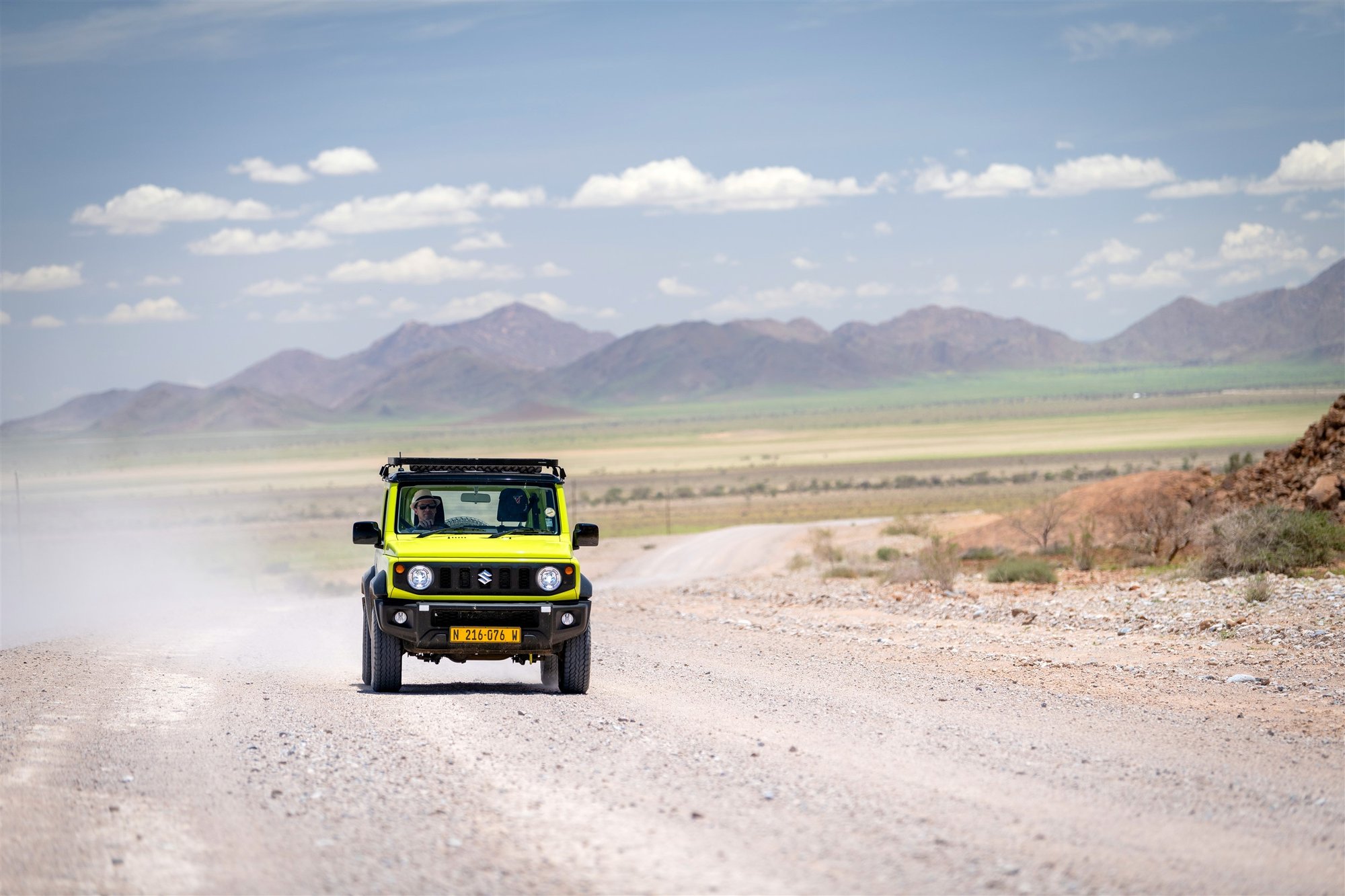
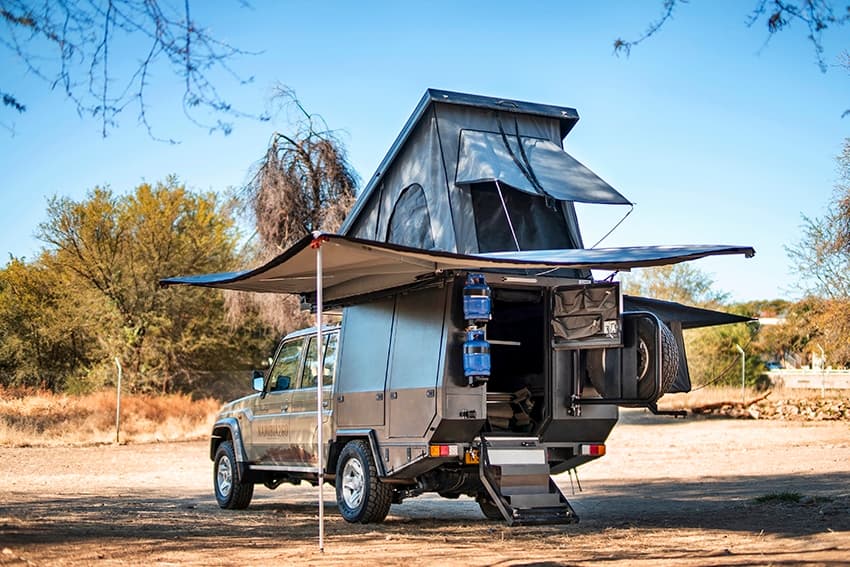
Both day visitors & those staying at accommodation within national parks are required to pay a daily entrance fee. This is payable at the park office and your receipt will be checked at the gate prior to leaving the park.
Park entrance fees details can be found online or can be enquired with your agent / consultant.
Most items and services attract 15% VAT, visitors to Namibia can reclaim VAT on any goods which the export from the country (VAT cannot be reclaimed on services such as hotels or rental cars OR on goods which are consumed within Namibia). VAT refunds can be done at Hosea Kutako International Airport (Windhoek), Ariamsvlei border post and Noordoewer border post.
To qualify for a VAT refund, the goods and the valid tax invoices must be shown to a customs official and an official of the VAT refund administration. For this reason, it is not a good idea to pack or wrap items on which you intend to claim back VAT - as they will need to be unpacked / unwrapped to be shown to the relevant officials
- VAT refunds are only made if the amount of refundable VAT is more than N$ 250.00
- Inland Revenue decides on the value of cheques that may be issued before departure. If the VAT refund is more than that amount the cheque will be posted.
- Original tax invoices must be presented.
Police / all emergencies - 10111
(for cell phones you will need to dial the area code before this number -
061 10111 for Windhoek,
067 10111 for most of northern Namibia,
063 10111 for most of southern Namibia,
064 10111 for central coastal region)
Windhoek City Police - (061) 302302
Tend to be more efficient than the standard police if involved in an incident in Windhoek.
Ambulance
International SOS Medical Emergency Services - 081 707 or (061) 230505
EMED Rescue 24 - 081 924 or (061) 2999924
Cell phone users can call 112 which connects you to MTC's call centre who will then direct you to the appropriate emergency service.
Vehicle Breakdown
Call your rental company.
Gondwana Travel Centre
Office Hours: (061) 427200
Emergency Number: 081 1292424
%20web%20narrow-1.png?width=251&height=69&name=N2G_LogoFile_Oct24%20(1)%20web%20narrow-1.png)
www.namibia2go.com
Email enquiries(at)namibia2go.com
Tel. +264 81 145 8202
TRAVEL WITH US
Discover the spectacular secrets Namibia holds.
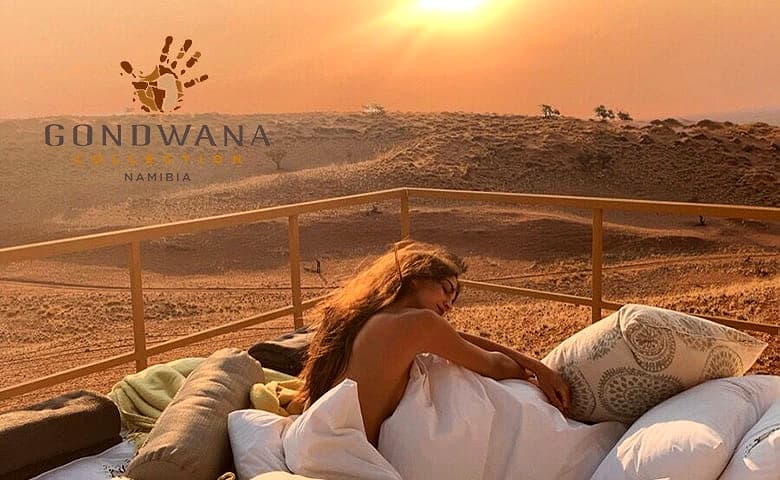
Gondwana Lodges
More than 20 properties have been carefully constructed by Gondwana Collection Namibia over the last two decades, ranging from secret luxurious refuges for two to comfortable unique lodges to rustic camping offers. Built in close proximity to Namibia’s natural wonders and managed sustainably.

Boxed2Go Self-Drive Safaris
Let us spoil you with Gondwana Collection Namibia’s exceptional self-drive safari packages including accommodation, vehicle and a detailed route map guide. Make use of our travel services to book an unforgettable safari. Discover the spectacular secrets Namibia holds.
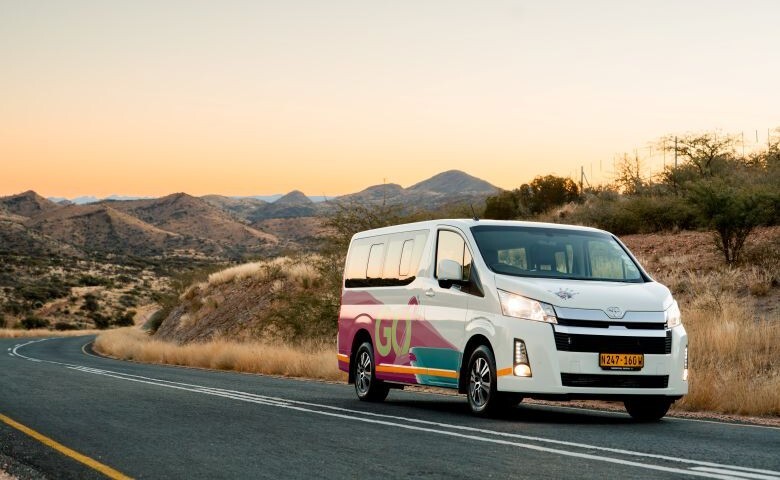
Go2 Tourism Shuttle
Travel convenience and freedom of movement on 9 different routes. Go2 allows you to visit the most popular destinations in Namibia, including Windhoek, Kalahari, Sossusvlei, Fish River Canyon, Swakopmund, Damaraland and Etosha. Each leg of your journey costs N$690 pp.
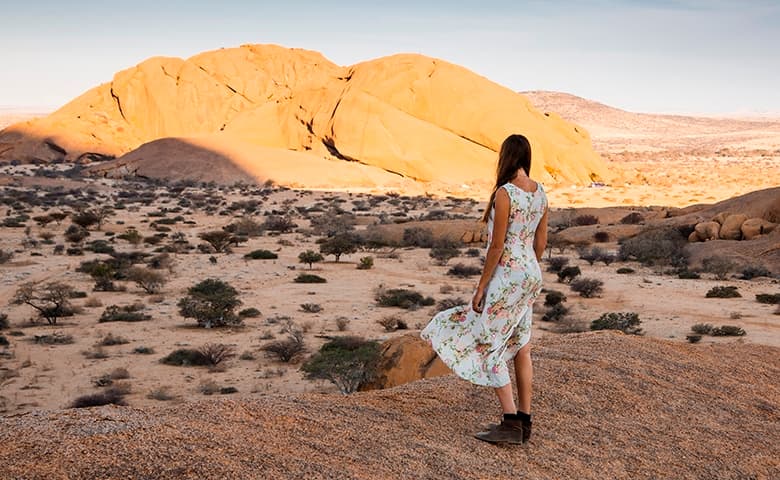
Gondwana Travel Centre
Your all-in-one hub for travel and safaris in Namibia supports direct bookings to most Namibian hotels and lodges as well as all Gondwana properties. It assists with car rental needs, travel support, tailor-made itineraries, charter flights and destination management.
%20web-1.png?width=260&height=68&name=N2G_LogoFile_Oct24%20(1)%20web-1.png)
